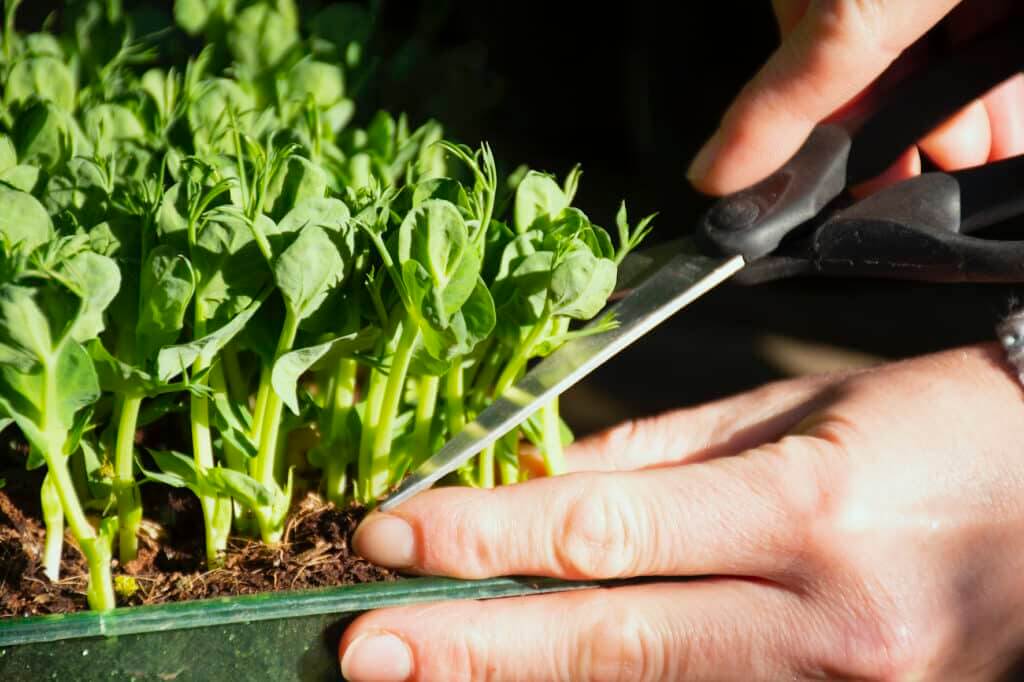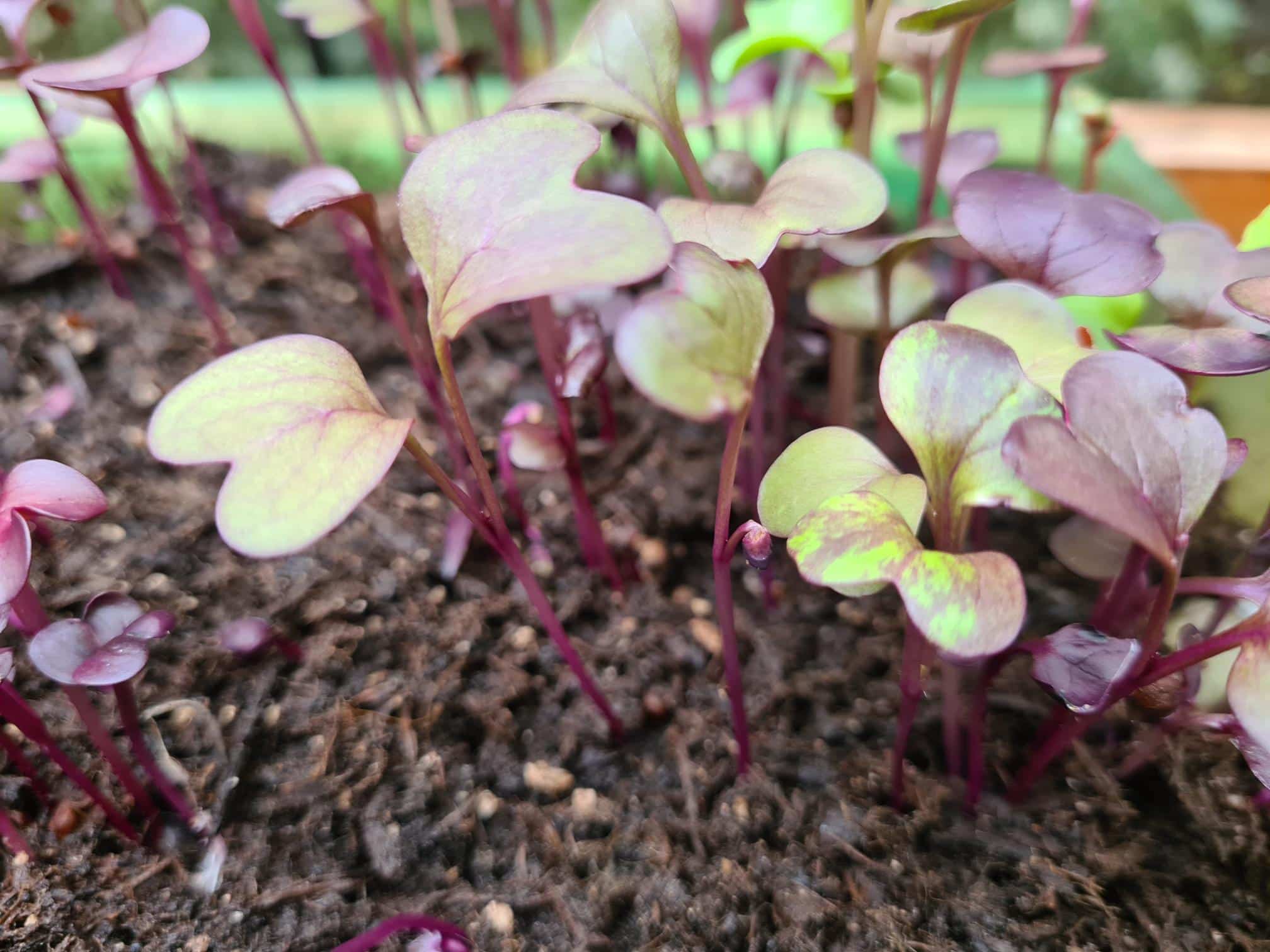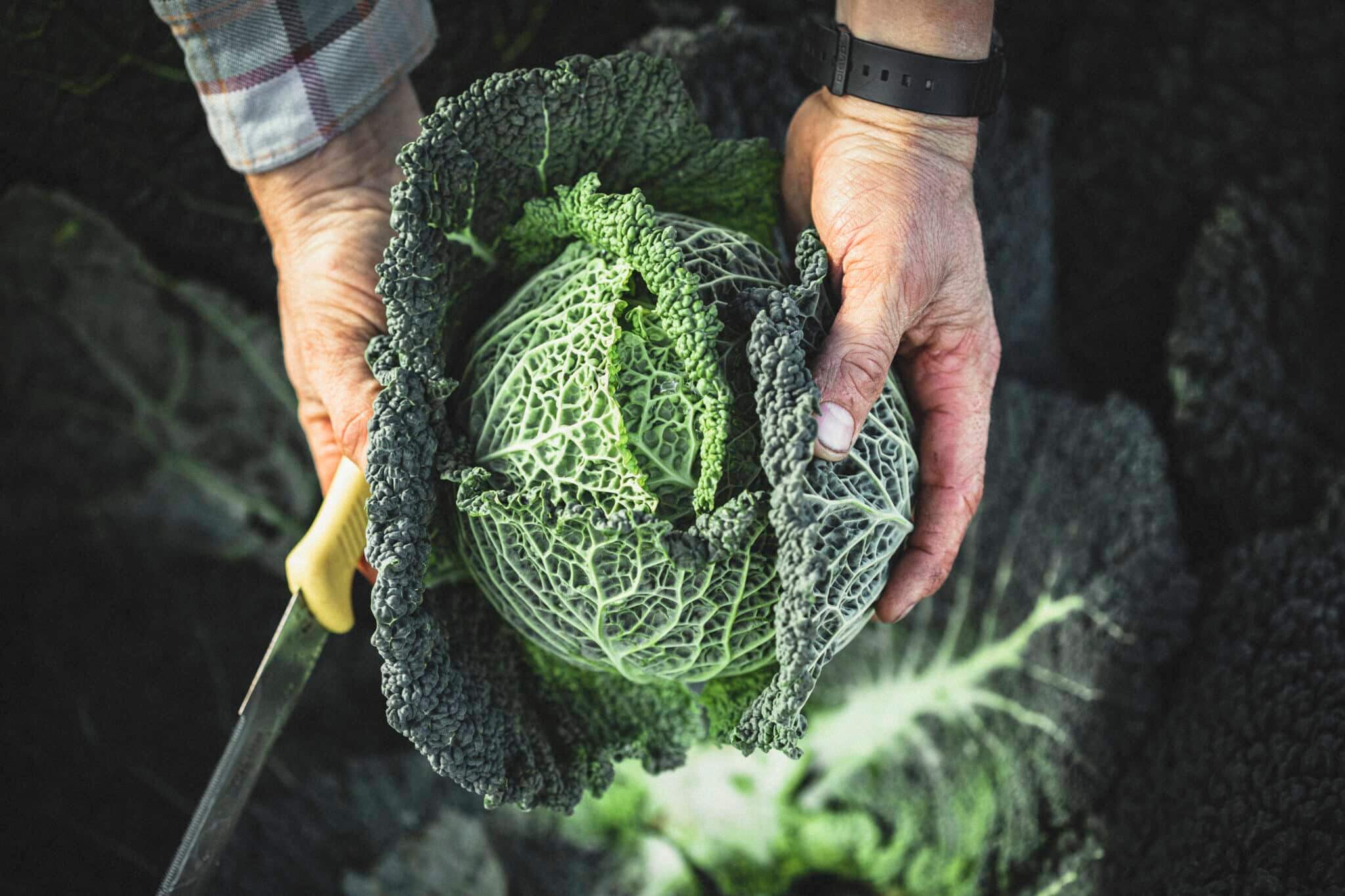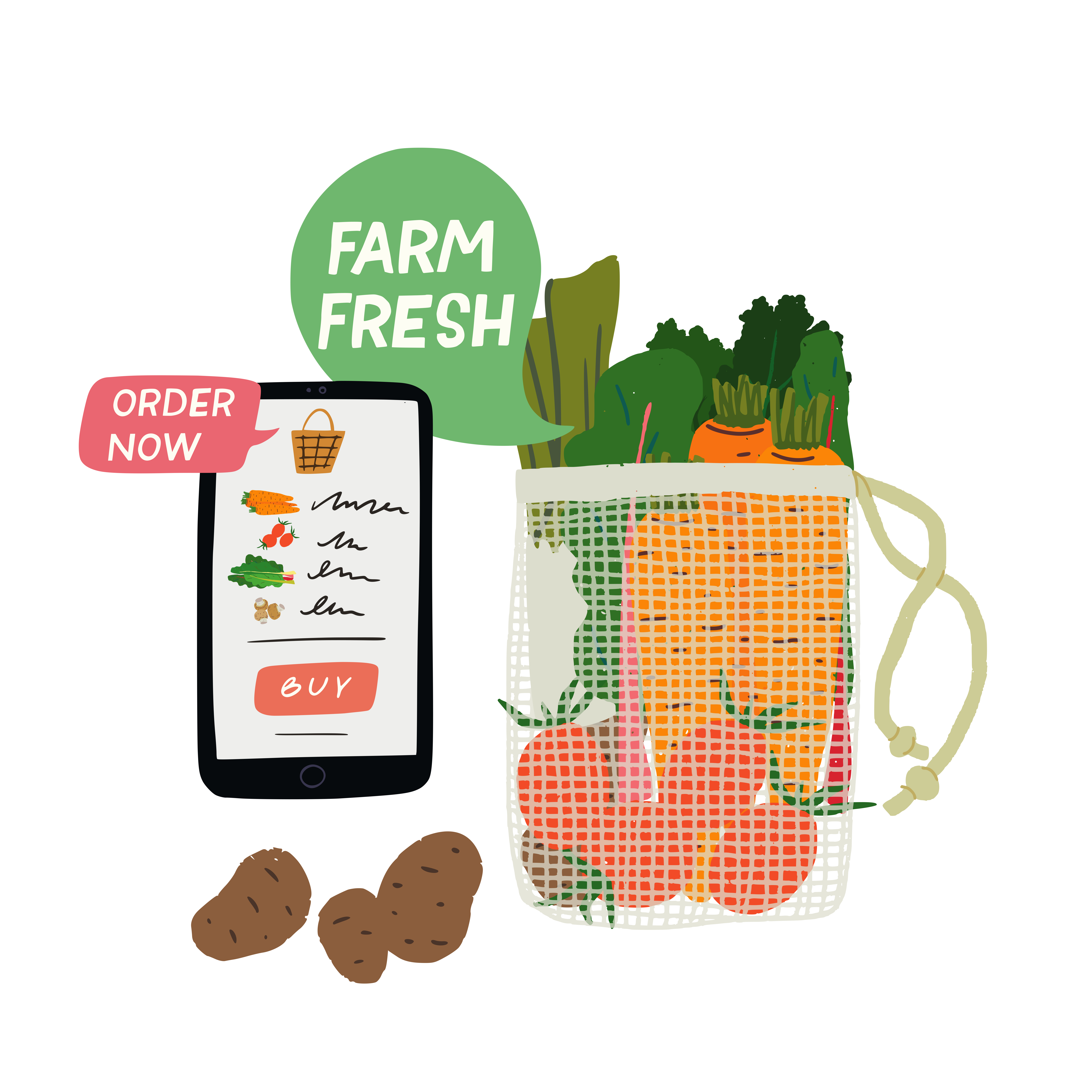As my autumn stored produce runs low, and the dwindling harvests from my allotment announce the start of the Hungry Gap, my craving for fresh vegetables seems to strengthen.
But Vitamin-C packed veg is achievable even in February – you just need a windowsill and a container of compost.
On a bright, frost-free sill, many salad greens and herbs with grow enough leaves to make a flavourful salad. And although they grow more slowly in the lower light levels, if you sow several trays at once, and sow regularly, you’ll always have something to cut.
During the winter, I collect margarine tubs, fruit punnets, yoghurt pots and old bean cans to grow baby veg. As soon as one container starts to sprout, I’ll sow another one, so I have successional crops.
Here’s three to try:
Loose leaf salad
Salad leaves or cut-and-come-again salads are so-called because you can snip the small leaves with scissors, and they’ll sprout again for a second harvest. Good choices include Mizuna, Red Russian kale and mustard mixes.
Simple scatter thinly on peat-free compost and cover with a very thin layer of compost on top. Place into a tray of water so it can soak up from the bottom. This is better than watering from above because in the darker, damper conditions diseases and mould can spread more easily.

Micro greens
These immature vegetables and herbs are harvested and eaten at the seedling stage before they grow into adult plants – and can be ready in less than two weeks.
As a rule, if an adult vegetable plant has an edible leaf, then you can grow it as a micro green. I like to grow broccoli and chives and any out-of-date leafy greens I have left over from the preceding season. Dried peas, which can be bought in bulk from wholefood shops and supermarkets, are also easy. Wait for two true leaves on these before snipping.
Again, fill your container with peat-free compost and sprinkle your seeds thinly and evenly on top. It’s good to have one seed-width between seeds.
I like to pop a seed tray (without holes) over the top, bottom down, and keep them in a cupboard that’s not too warm. When the shoots begin to emerge, I’ll take the top tray off and put the seedlings somewhere bright and frost-free to grow on. This method means all my seedlings come up in a more uniform way so they’re easier to snip.
Herbs and spices
Towards the end of February, I experiment with herbs such as parsley and chervil, and I’ll also sow a couple trays of nasturtium leaves. The round, spicy discs look wondrous in a winter salad bowl. The spice rack is also a good place to raid for seeds such as coriander, fenugreek and onion (provided they are less than two years old). You can grow these as you would micro greens, cutting at the first baby leaf.
The Grow Your Own Wicked Leeks series is written by Garden Organic, the national charity for organic growing. Each month we bring you timely advice on what to do in your organic patch, whether you’re an experienced grower or just starting out. Share your own tips and gardening photos on social media under #GYOWickedLeeks.










Thank you Alice. So helpful. Ive always meant to do this but not much windowsill spaceand only had the odd go previously, usually more of an outdoor gardener! The tips on how to grow, and what can be grown (hadnt thought of the spice cupboard ideas!) are great and made me more encouraged to have a go properly! Very grateful thank you.